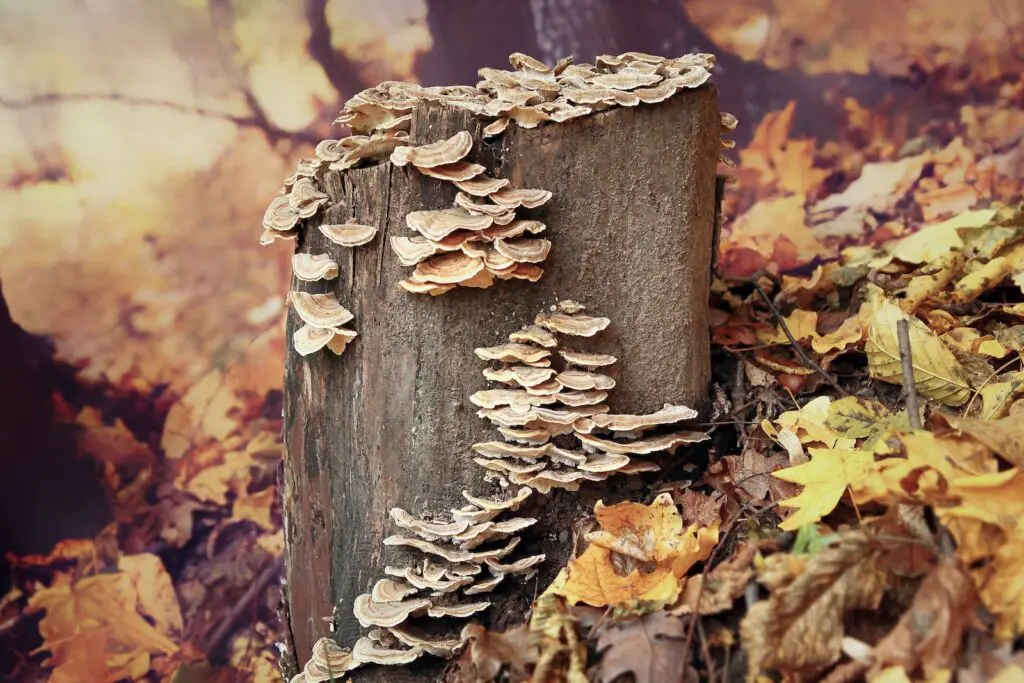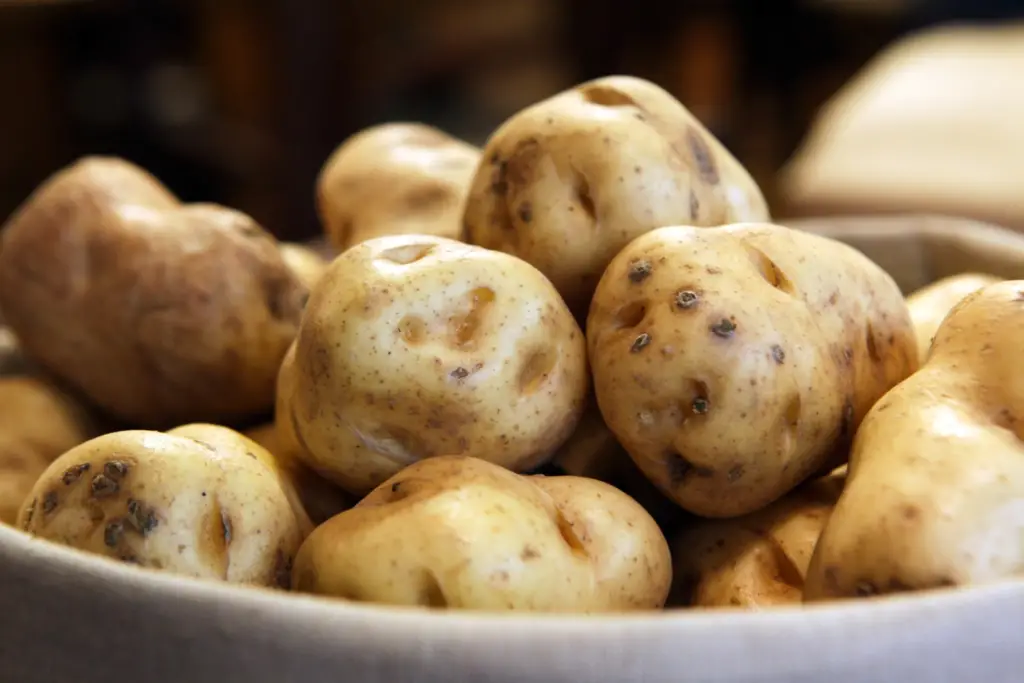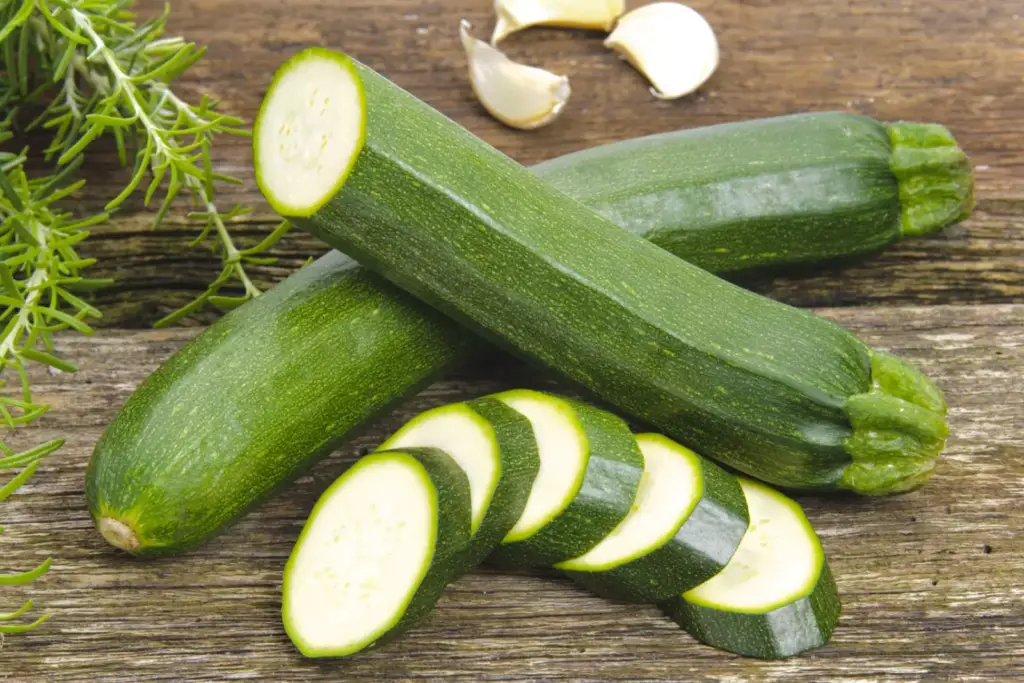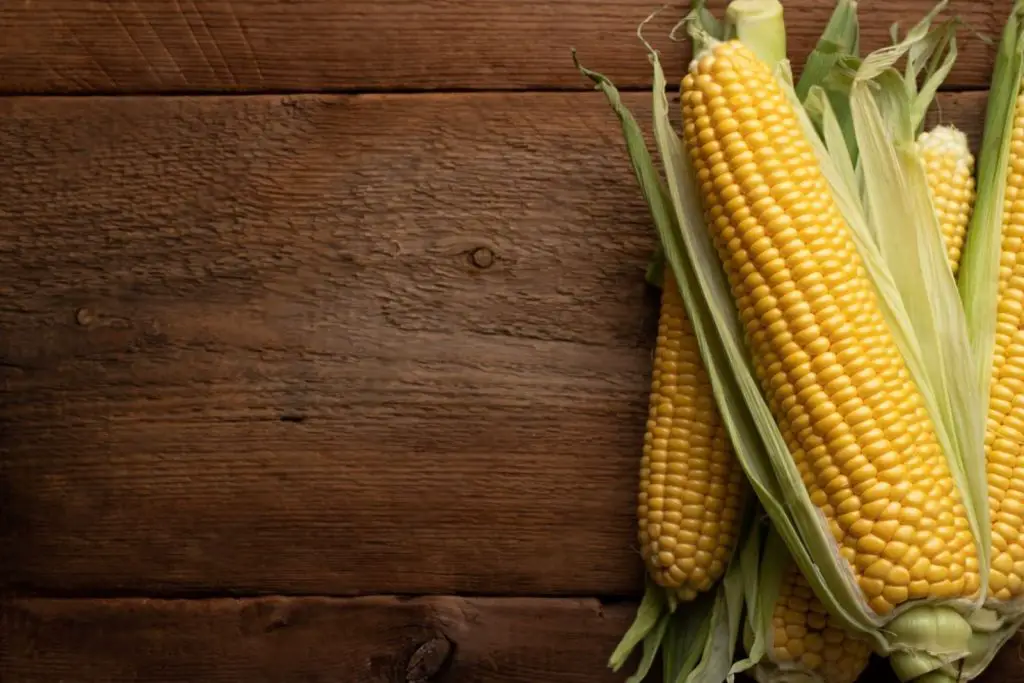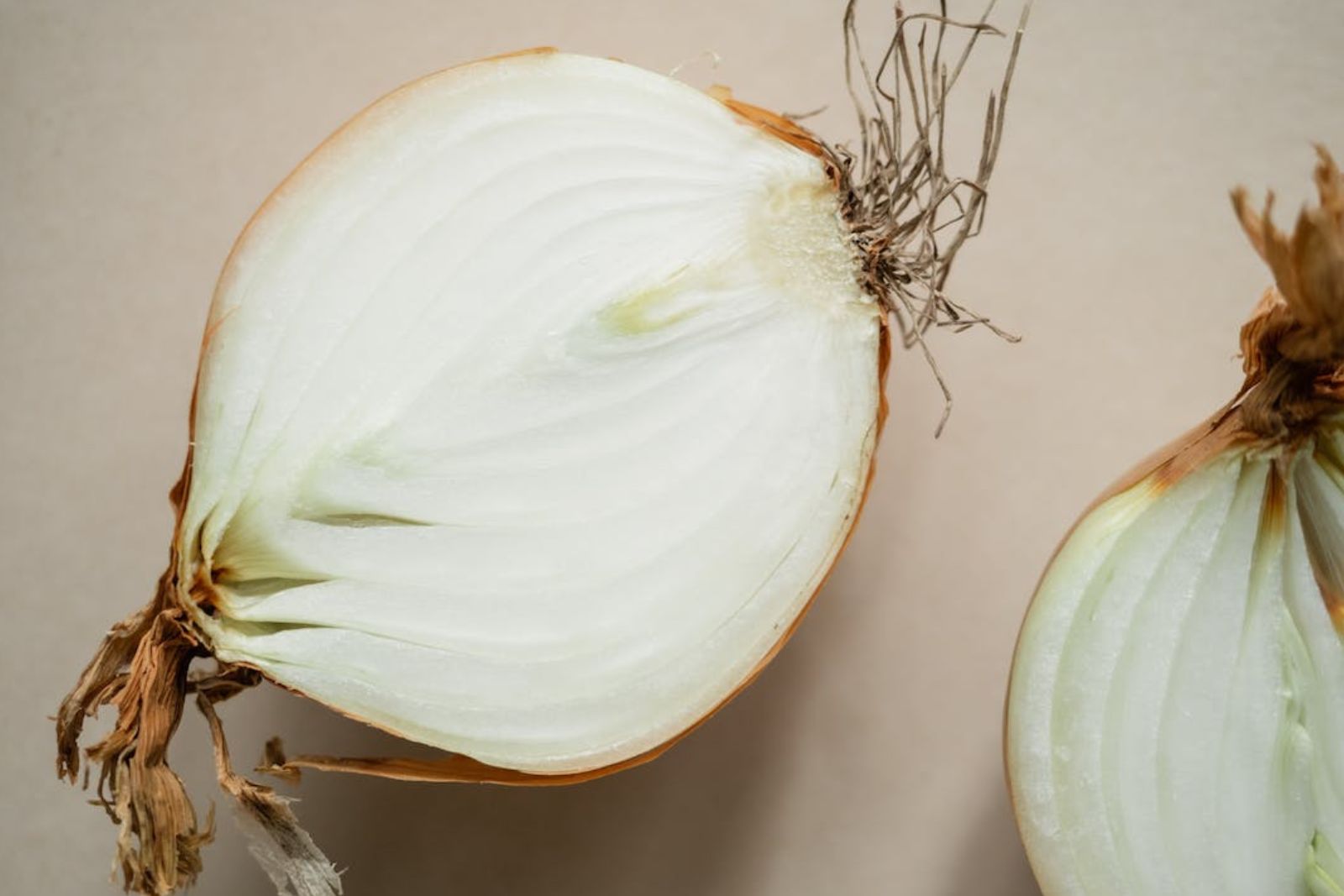
White onions are a versatile ingredient that adds a mild and slightly sweet flavor to various dishes. Whether you have a surplus of white onions or want to stock up for future use, freezing them is an excellent way to preserve their freshness. Freezing white onions allows you to have them readily available, even when they are out of season. By following a simple process, you can freeze white onions effectively while maintaining their desired texture and taste. In this article, we will provide a step-by-step guide on how to freeze white onions for long-term storage.
Here’s a guide on how to freeze white onions:
Step 1: Select fresh white onions
When freezing white onions, it is crucial to begin with fresh onions that are of high quality. The freshness of the onions will directly impact the taste and texture of the frozen product. Here’s why selecting fresh white onions is important:
- Flavor preservation: Fresh onions have a vibrant, mild flavor that is preferred in many recipes. By starting with fresh onions, you can ensure that their natural taste is preserved during the freezing process. On the other hand, onions that are not fresh may have a stale or off-flavor after freezing, which can negatively affect the overall taste of your dishes.
- Texture maintenance: Fresh white onions are firm and crisp, which is ideal for freezing. The freezing process can cause some changes in texture, but starting with fresh onions minimizes the loss of crispness and maintains a desirable texture. Onions that are past their prime may become soft and mushy when frozen, resulting in a less appealing texture when thawed.
- Longevity of storage: Fresh onions have a longer shelf life, and using them for freezing ensures that your frozen onions will last longer in the freezer. Onions that are already starting to deteriorate or have blemishes may not freeze as well and could spoil more quickly in the freezer.
To select fresh white onions, look for ones that are firm and heavy for their size. Avoid onions with soft spots, mold, or signs of sprouting. The skins should be intact and free from major blemishes. Choosing the best quality white onions at the beginning will contribute to a successful freezing process and result in flavorful and well-preserved onions for future use.
Step 2: Peel and chop the onions
Once you have selected fresh white onions, the next step is to prepare them for freezing. Follow these instructions to peel and chop the onions:
- Peel off the dry outer layer: Start by removing the dry, papery outer layer of the onions. Gently peel away the outer skin until you reach the clean, fresh layers underneath. This step helps eliminate any dirt or debris that may have accumulated on the outer surface of the onions.
- Remove any dirt or debris: Check the onions for any remaining dirt or debris. Rinse them under cool running water to remove any particles that may be clinging to the surface. Dry them thoroughly with a clean kitchen towel or paper towels.
- Choose the chopping method: Consider how you plan to use the frozen white onions in your future recipes. This will determine the size and shape in which you should chop them. Here are a few common options:
- Dicing: If you prefer smaller, uniformly sized pieces, dice the onions into small cubes. This is ideal for dishes where you want the onions to blend in and distribute their flavor evenly.
- Slicing: For recipes that call for sliced onions, cut the onions into thin, even slices. Sliced onions work well in stir-fries, sandwiches, or caramelized onion preparations.
- Larger chunks: If you prefer larger pieces of onion in your recipes, you can chop them into bigger chunks. This is useful for stews, soups, or recipes where you want the onions to retain some texture and presence.
By chopping the white onions according to your preference, you can customize their size and shape to suit your future cooking needs. Remember to keep the pieces relatively uniform in size to ensure even freezing and consistent results when using them later.
Can I freeze whole white onions instead of chopping them?
While it is possible to freeze whole white onions, it is generally more convenient to chop or slice them before freezing. Chopped onions thaw more quickly and are easier to portion out for cooking. However, if you prefer to freeze them whole, ensure they are properly cleaned and packaged to avoid freezer burn.
Step 3: Blanch the onions
Blanching is an essential step in the process of freezing white onions as it helps maintain their quality, flavor, and appearance. Follow these instructions to blanch the chopped onions:
- Bring a pot of water to a boil: Fill a large pot with water and place it on the stovetop over high heat. Allow the water to come to a rolling boil. The size of the pot should be sufficient to accommodate the quantity of onions you are blanching.
- Carefully add the chopped onions: Once the water is boiling, carefully add the chopped white onions to the pot. Use a slotted spoon or tongs to avoid splashing hot water onto yourself.
- Allow them to blanch for 1-2 minutes: Let the onions blanch in the boiling water for approximately 1-2 minutes. The exact blanching time may vary slightly depending on the size of the onion pieces and personal preference. Blanching for too long can result in overly soft or mushy onions, while under-blanching may not adequately stop the enzyme activity.
The blanching process is crucial for several reasons:
- Preserving quality: Blanching helps to deactivate enzymes present in the onions. Enzymes, if left active, can cause the onions to deteriorate, resulting in changes in flavor, texture, and color. By blanching, the enzyme activity is halted, preserving the quality of the onions and ensuring they maintain their freshness during freezing.
- Retaining natural color: Blanching helps retain the natural color of the white onions. Enzymes present in the onions can cause discoloration when exposed to air or frozen. By blanching the onions briefly, you can minimize the loss of color and keep the onions looking vibrant and appealing even after freezing.
- Texture maintenance: Blanching helps to partially cook the onions, which can help maintain their texture. It helps to soften the onions slightly, making them more pliable and easier to handle when frozen. This can be particularly beneficial when using the onions in future recipes, as they will thaw and cook more evenly.
After blanching, it is important to move quickly to the next step to prevent overcooking. Be sure to have a slotted spoon or tongs ready to transfer the blanched onions to an ice bath for cooling and to stop the cooking process.
Can I freeze white onions without blanching them?
Blanching helps preserve the quality and flavor of white onions during freezing. It stops enzyme activity and helps retain their natural color and texture. Therefore, it is recommended to blanch the onions before freezing for optimal results.
Step 4: Cool and drain the onions
After blanching the white onions, it is crucial to cool them down rapidly to halt the cooking process. Follow these steps to cool and drain the blanched onions effectively:
- Transfer the onions to an ice water bath: Prepare a large bowl or basin filled with cold water and add a generous amount of ice cubes. Carefully transfer the blanched onions from the pot using a slotted spoon or tongs and immerse them in the ice water bath. The cold water helps lower the temperature of the onions rapidly, stopping the cooking process and preserving their texture and flavor.
- Cool the onions completely: Allow the blanched onions to sit in the ice water bath for a few minutes until they have completely cooled. Stir them gently to ensure all the onions are evenly cooled. The ice water bath helps to maintain the desired crispness and texture of the onions.
- Drain the onions: Once the onions have cooled, remove them from the ice water bath and transfer them to a colander or a clean kitchen towel. Allow the excess water to drain off thoroughly. It is essential to remove as much moisture as possible before freezing the onions to prevent the formation of ice crystals, which can lead to freezer burn and affect the quality of the frozen onions.
By cooling and draining the blanched onions, you achieve the following benefits:
- Preserving texture: Rapidly cooling the onions after blanching helps preserve their desired texture. It stops the cooking process and helps maintain the slight crispness or firmness of the onions. This is important because onions that are overcooked or not cooled quickly enough can become mushy and lose their appealing texture.
- Preventing further cooking: By transferring the onions to an ice water bath, you ensure that the residual heat from blanching is dissipated quickly. This prevents the onions from continuing to cook and becoming overly soft during the cooling process.
- Removing excess moisture: Draining the cooled onions effectively removes excess water. Excessive moisture in the frozen onions can lead to the formation of ice crystals, which can affect the texture and flavor of the onions. Removing the excess moisture helps maintain the overall quality of the frozen onions and prevents freezer burn.
Step 5: Arrange the onions for flash freezing
Once the blanched and drained white onions are ready, the next step is to arrange them in a way that promotes efficient freezing and easy portioning. Here’s why it’s important to spread the onions in a single layer on a baking sheet or tray:
- Prevent clumping together: By spreading the blanched and drained onions in a single layer, you prevent them from sticking or clumping together during freezing. This is important because frozen onions that are stuck together can be difficult to separate when you only need a portion for a particular recipe. By arranging them individually, you ensure that each onion piece freezes separately, allowing for easy portioning later on.
- Promote even freezing: When the onions are spread out in a single layer, they freeze more quickly and evenly. This ensures that each piece of onion freezes at a similar rate, maintaining their individual texture and quality. If the onions were piled or clumped together, they might freeze at different rates, resulting in inconsistencies in texture and potentially compromising their overall quality.
- Facilitate portioning and storage: Once the onions are frozen individually and not clumped together, it becomes easier to portion them according to your needs. You can measure out the desired amount for a particular recipe without having to thaw or separate a large frozen mass of onions. Additionally, when the onions are individually frozen, they can be neatly stored in airtight containers or resealable bags, occupying less space in the freezer and making it easier to organize and locate them later.
After arranging the blanched and drained white onions in a single layer, it is time to flash-freeze them. Flash-freezing involves quickly freezing the onions at a low temperature, typically in a freezer, to ensure individual pieces freeze separately and remain loose.
Flash-freezing enables a quicker freezing process, which is essential for preserving the freshness of the onions. When frozen rapidly, the onions maintain their natural flavors and nutrients, ensuring they are as close to their fresh state as possible. This is particularly beneficial when using the frozen onions in recipes where texture and flavor are important.
To flash-freeze the onions, place the baking sheet or tray with the arranged onions in the freezer. Make sure the onions are spread out in a single layer and not touching each other. Allow them to freeze for a few hours, or until they become solid and firm.
Step 6: Package and seal the onions
After flash-freezing the white onions and ensuring they are solid, it’s time to package and seal them for long-term storage in the freezer. Proper packaging helps protect the onions from freezer burn and maintains their quality over time. Follow these steps to package and seal the onions effectively:
- Choose freezer-safe containers or resealable bags: Select airtight containers or resealable plastic bags specifically designed for freezer storage. These containers should be durable, leak-proof, and capable of withstanding low temperatures. Using freezer-safe materials helps maintain the quality of the onions and prevents the risk of freezer burn.
- Transfer the frozen onions: Carefully transfer the frozen onions from the baking sheet or tray into the selected containers or bags. It is essential to work quickly to minimize the time the onions are exposed to room temperature and to maintain their frozen state.
- Remove excess air: Before sealing the containers or bags, remove as much air as possible from the packaging. Excess air inside the packaging can contribute to freezer burn and affect the quality of the onions over time. One way to remove air is by using a straw or vacuum sealer designed for freezer storage. Alternatively, you can press the packaging gently to eliminate as much air as possible before sealing.
- Seal the packaging securely: Ensure that the containers or bags are sealed tightly and securely to prevent air and moisture from entering. This helps maintain the integrity of the frozen onions and prevents freezer burn. If using resealable bags, press out any remaining air and seal them tightly. If using containers, ensure that the lids are securely fastened.
Proper packaging and sealing are important for the following reasons:
- Preventing freezer burn: Freezer burn occurs when the frozen food is exposed to air, causing dehydration and deterioration. By removing excess air and sealing the packaging tightly, you minimize the risk of freezer burn, helping the onions retain their texture, flavor, and quality during storage.
- Preserving freshness and taste: Airtight packaging helps maintain the freshness and taste of the frozen onions. It protects them from absorbing odors from other foods in the freezer, preserving their distinct flavor. Proper sealing also prevents moisture loss, which can affect the texture and taste of the onions.
- Organizing and storage efficiency: Well-packaged and sealed onions take up less space in the freezer and are easier to organize. They can be stacked or stored neatly without the risk of leaks or cross-contamination.
Step 7: Label and date the packages
After packaging and sealing the frozen white onions, it is essential to label each package with the date and a description of the contents. Proper labeling ensures that you can easily identify and use the frozen onions at a later time. Here’s why labeling is important:
- Tracking the freezing date: By labeling each package with the current date, you have a clear record of when the onions were frozen. This information is crucial for managing their shelf life and ensuring they are used within the recommended time frame for optimal quality. It allows you to prioritize the usage of older batches of frozen onions before newer ones, reducing the chances of waste.
- Identifying the contents: Including a description of the contents, such as “Frozen White Onions” or “Chopped White Onions,” helps you quickly identify the specific type and form of the frozen onions. This becomes especially useful when you have multiple types of frozen ingredients in your freezer. Clear labeling saves time and prevents confusion when selecting the desired ingredient for a particular recipe.
- Planning and meal preparation: Labeling the packages enables better meal planning and organization. With clear labels, you can easily assess the quantity of frozen onions available and incorporate them into your meal preparations. Knowing the exact contents and date of freezing helps you make informed decisions when using the frozen onions in various recipes.
- Preventing waste and optimizing usage: Proper labeling reduces the chances of forgotten or unidentified items in the freezer, minimizing food waste. It allows you to track and utilize your frozen onions effectively, ensuring they are used before their quality deteriorates.
To label the packages, use a waterproof marker or freezer-safe labels. Write the date of freezing in a clear and legible manner, along with a descriptive label for the onions. Place the label or write directly on the package, ensuring it is visible and won’t smudge or fade over time.
Step 8: Store in the freezer
Once you have properly packaged, sealed, and labeled the white onions, it’s time to store them in the freezer. Follow these steps to ensure optimal storage:
- Find a suitable location: Choose a stable location in the freezer where the packaged onions will be safe from being crushed or disturbed. Ideally, place them in a flat area or stack them neatly to maximize space utilization.
- Maintain a consistent temperature: Ensure that your freezer maintains a constant temperature of 0°F (-18°C) or below. Keeping the onions at this temperature helps preserve their quality and extends their shelf life. Fluctuations in temperature can affect the texture and flavor of the onions over time.
- Avoid freezer door openings: Minimize the frequency of opening the freezer door, as this can cause temperature fluctuations. Rapid temperature changes can lead to condensation and affect the quality of the frozen onions. Retrieving the onions quickly when needed can help maintain a consistent freezer environment.
- Follow recommended storage time: While frozen onions can be stored for up to six months, it is recommended to use them within three months for optimal flavor and quality. Over time, even when properly stored, frozen onions may experience some loss of texture and taste. Using them within the recommended time frame ensures the best results in your recipes.
By storing the sealed and labeled packages of white onions in the freezer under suitable conditions, you enjoy the following benefits:
- Extended shelf life: Freezing the onions prolongs their shelf life, allowing you to enjoy their flavor and nutritional benefits even when they are out of season. Proper storage helps maintain the quality and taste of the onions throughout their frozen state.
- Convenience and accessibility: Storing the frozen onions in the freezer provides you with a readily available ingredient to incorporate into your recipes. Whether you need a small amount or a larger quantity, having frozen onions on hand saves time and effort compared to peeling and chopping fresh onions.
- Reduced food waste: Freezing white onions allows you to preserve excess onions that might otherwise go to waste. By properly storing them, you can avoid spoilage and make the most of your ingredients.
Remember to check the storage guidelines for your specific type of freezer, as different freezers may have varying temperature requirements. Regularly organizing your freezer and keeping an inventory of its contents will help you plan your meals and ensure that the frozen onions are used before their quality declines.
Other related questions
How do I defrost white onions?
To defrost white onions, there are a few methods you can use depending on your needs and time available. Here are three common methods:
- Refrigerator thawing:
- Transfer the frozen package of white onions from the freezer to the refrigerator.
- Allow the onions to thaw slowly in the refrigerator for several hours or overnight.
- Once thawed, the onions can be used in your recipes.
- Cold water thawing:
- Place the sealed package of frozen white onions in a leak-proof plastic bag.
- Fill a bowl or sink with cold water and submerge the bag with the onions.
- Change the water every 30 minutes to maintain a cold temperature.
- Thawing typically takes about 30 minutes to 1 hour, depending on the quantity and size of the onions.
- Once thawed, remove the onions from the water and use them as desired.
- Direct cooking:
- If you’re using the white onions in a recipe that involves cooking, you can add them directly to the dish while still frozen.
- The heat from the cooking process will thaw and soften the onions as they cook.
- Keep in mind that using frozen onions directly in uncooked dishes like salads may result in a different texture and flavor compared to using fresh or thawed onions.
Can I refreeze white onions?
Refreezing white onions is not recommended due to potential quality loss. Once onions have been thawed, they undergo changes in texture and flavor, making them less desirable after refreezing. To maintain the best quality, it is advisable to use the thawed onions promptly or store them in the refrigerator and consume within a short period rather than refreezing them.
How do I know if the white onions have gone bad after being frozen?
To determine if frozen white onions have gone bad, inspect their appearance, smell, and texture. If the onions exhibit signs of freezer burn, such as dry, discolored, or shriveled patches, they may have deteriorated in quality. Additionally, a foul or off-putting odor and slimy or mushy texture are indications of spoilage. When in doubt, it is best to discard the onions to avoid the risk of foodborne illness.
Are frozen white onions suitable for caramelizing?
Frozen white onions can be used for caramelizing, but it is important to note that they may release more moisture during the cooking process. This additional moisture might affect the caramelization process and take longer to achieve the desired golden-brown color. Thawing the onions and patting them dry before caramelizing can help minimize this issue.
Are frozen white onions suitable for raw preparations like salads?
While frozen white onions can be used in raw dishes, they may have a softer texture compared to fresh ones. Thaw them in the refrigerator before using in salads to achieve a better texture. Alternatively, consider using them in cooked recipes for optimal results.


